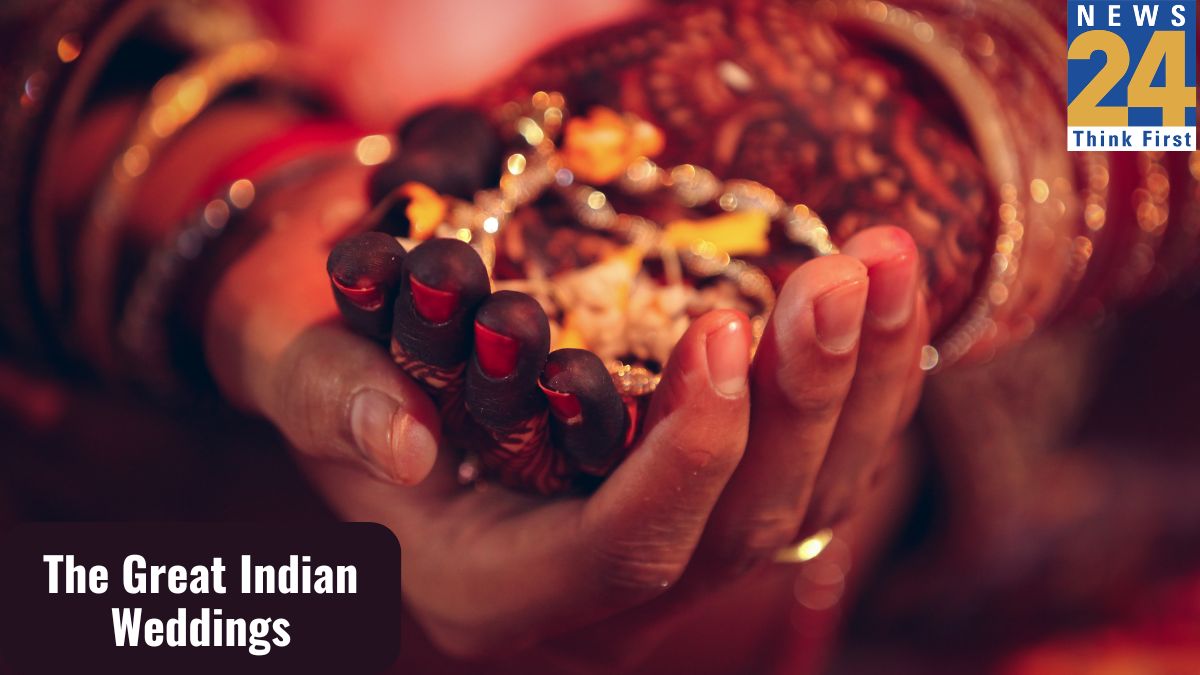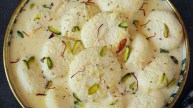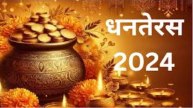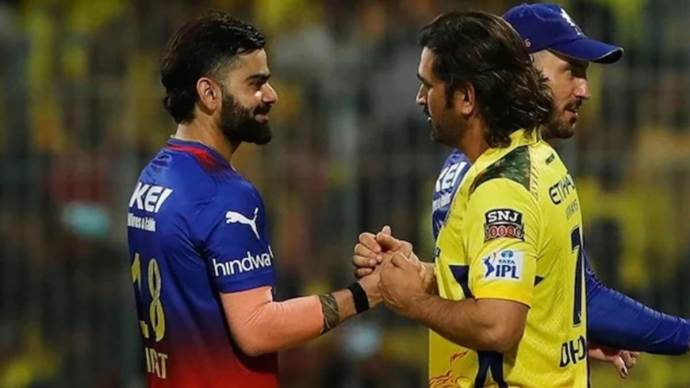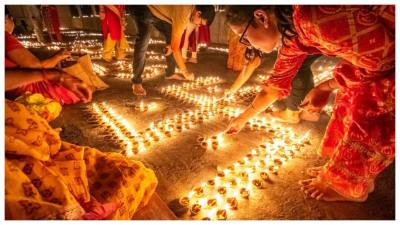THE GREAT INDIAN WEDDINGS CUSTOMS AND CEREMONIES
Indian wedding ceremonies are vibrant, elaborately planned, culturally rich and full of traditions. It is about bringing two families together through prayer and celebration. The Wedding Ceremony is the physical, spiritual and emotional union of two people and is considered central to a Hindu wedding ceremony. Many traditions and minor ceremonies lead up to the major wedding day, which joins the couple and their families for forever.
Performing at the Sangeet
Before the indian wedding ceremony, relatives get together for a sangeet or garba, depending on the culture of the area, to celebrate the impending union with songs and dances. To greet one another, members of the family sing a customary folk song and some even put on full-fledged performances as a playful rivalry and cause for celebration.
Henna
The indian wedding begins with the mehndi ceremony, a lavish celebration that is customarily limited to the bride’s closest female friends and relatives. The bride’s hands and feet are adorned with elaborate temporary decorative art designs created with henna paste throughout the festivities.
The Groom’s Arrival
There is much excitement when the bridegroom and his entourage arrive at the ceremony location, known as the baraat. The guests are separated into the bride and groom’s sides as they arrive. The bride’s side will be directed to a meeting place while the groom’s guests join him on his processional entry. Amid live music and dancing, the second set of parents, relatives and friends meet them.
The Role of Father of the Bride
The kanyadaan is the moment when the father marries off the daughter. According to Hindu custom, a groom cannot claim a bride until she is extended to him by her parents. In the course of the ritual, the bride’s father gives her away by placing his daughter’s hands into the hands of her future spouse.
The Mandap
The mandap, also known as the altar, is a makeshift building that is set up just for the marriage ceremony. It might be displayed on a raised platform and embellished with anything from cloth and gems to flowers and foliage. Traditionally, the wedding officiant and the couple’s parents join them beneath the mandap.
The Auspicious Fire
A fire is started in the middle of the mandap. Offerings are made and fire is retained as a witness, to denote the viability of the ceremony. In an attempt to wish his sister a happy marriage, the bride’s brother presents her three fistfuls of puffed rice. The bride offers the rice to the fire each time.
Jai Mala
The Jai Mala is a garland that is given and received by newlyweds. It is made of strung flowers. At the conclusion of the ritual, the pair puts one on each other. The Jai Mala represents a couple accepting each other into their families to Hindus.
The Mangala Sutra
The new husband drapes a necklace of gold and black beads around the bride. According to tradition, the bride enjoys blessings throughout her marriage from Goddess Lakshmi, the Hindu goddess of wealth, success and prosperity, who is believed to be invoked in the mangalsutra.
Tying Together the Bride and Groom’s Garments
The saptapadi is an essential rite in North Indian Hindu marriages. During the saptapadi, the newlyweds’ clothing are knotted together—typically the bride’s veil and the groom’s sash. In South India, a couple takes seven steps together to symbolize their friendship. In North Indian tradition, couples circle seven times around the ceremonial fire, with each circle representing a specific promise and blessing they seek from the gods.
Showering Each Other With Rice
In a South Indian rite known as the talambralu, or happiness ritual, the pair showers one other with rice, turmeric, saffron, and even pearls. This practice represents fertility, prosperity, and happiness in the couple’s future lives together.
The Red Powder
Sindoor, a red-orange powder, is placed on a section of a woman’s hair after the ceremony, indicating her as a married woman. Traditionally, her husband puts it on the wedding day. All married women, including the bride, may wear the powder as a symbol of their marital status.
The Vidaai Ceremony
The Vidaai ceremony marks the symbolic end of the wedding festivities, with the bride’s parents bidding farewell to their daughter. During the vidaai ceremony, a Hindu bride legally leaves her home to begin a new life with her spouse. The goodbyes are heartfelt and heartbreaking. She walks away spreading happiness and wealth by taking handfuls of rice and cash to be flung directly over her head to express her gratitude for the time and affection she received from her parents in their home.

